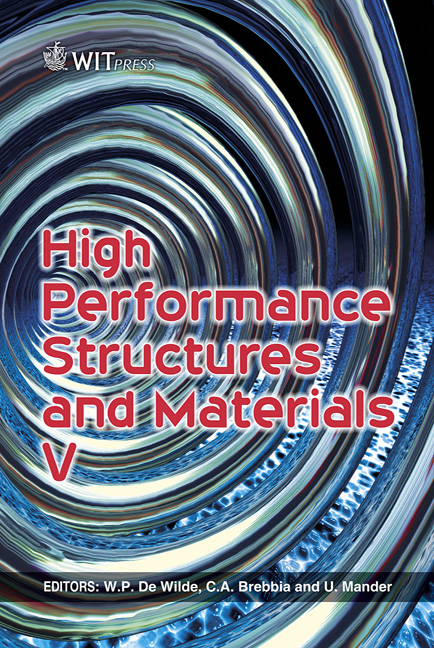Ductility Of High Performance Joint Between HSC Column And NSC Flat Slab
Price
Free (open access)
Transaction
Volume
112
Pages
11
Page Range
27 - 37
Published
2010
Size
2,956 kb
Paper DOI
10.2495/HPSM100031
Copyright
WIT Press
Author(s)
I. Iskhakov, Y. Ribakov & A. Shah
Abstract
Modern trends in design of high performance structures include development of new approaches for materials and elements, which can more easily resist a wide range of external actions. For example, using classical properties of concrete, like its resistance to compression, should be most effective. In this context it is possible to mention high performance two-layer beams with high strength concrete (HSC) in compressed zone and normal strength concrete (NSC) in the tensile one. This idea was further developed in the frame of the current research from the viewpoint of column – flat slab high performance joint. The joint consists of HSC columns and NSC flat slab. In this case providing appropriate joint ductility becomes one of the most important design requirements, because ductility defines the ability of a structure or its elements to absorb energy by plastic deformations. This study was aimed at complex experimental and theoretical investigation of such joints ductility. Essential contribution to the joint’s ductility can be obtained due to the slab’s confining effect. It was demonstrated that the ductility depends on the joint’s confining effect in two horizontal and vertical directions. The influence of slab load intensity and slab reinforcement ratio on the joint’s ductility is also taken into account. It is demonstrated that the effects of the ratio between the slab thickness and the column’s section dimension, as well as the presence of ties in the joint, on ductility are significant too. Keywords: ductility, high performance concrete, flat slab-column joint, twolayer beam, fibered concrete.
Keywords
ductility, high performance concrete, flat slab-column joint, twolayer beam, fibered concrete





